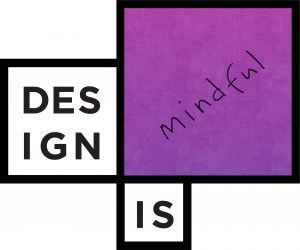Pre-Braille Implementation in Early Education by Jaime Hilditch

Background
My name is Jaime Hilditch and I am a designer and writer located in Toronto, ON. My work tends to focus on knowledge sharing and inclusion for younger audiences (example project at Jaime Hilditch). During my Masters of Inclusive Design, I have tackled projects looking to assist individuals with visual impairments. An early project explored the creation of feasible braille signage for University campuses. My Major Research Project (MRP) will examine how implementing pre braille learning through in-class activities in preschool, might increase engagement and comfort with the braille language system. Not only will this be beneficial to visually impaired children, but visually able children as well. Creating collaboratively in the classroom builds strong communication skills, problem solving techniques and teamwork, all of which are important to use, later on in adult life.
Introduction
Early education years build the foundation of spelling, reading, writing and grammar skills. There are a few gaps that present themselves when researching and understanding pre braille/braille education. Firstly, in the early stages of learning braille, which can last months, there is a common discomfort reading and writing braille. Secondly, there is a large disconnect and isolation between students learning braille and those who are not (those with visual impairments and those who are visually able). Thirdly, educational resources, such as braille books, seem to be inaccessible to a large portion of the families who need them, and training for educators teaching pre braille/braille is slim.
Pre braille determines whether an individual is ready to learn the braille code. Pre braille activities are multi-sensory, similar to activities used in Montessori schools. This multi-sensory approach helps build motor, concept development, auditory, tactile skills, etc. I have noticed an opportunity for inclusive, diverse learning, and a chance for kids of all abilities to play and work together.
This exhibition piece aims to educate viewers on the topics of pre braille and incidental learning as an opportunity for community engagement. It is my hope that through activities and discussion, the exhibition community will develop a more inclusive vocabulary when describing actions related to our senses. Those who are visually able will gain a stronger awareness of their less acknowledged senses, e.g., touch, taste, smell and hear, and will use this new knowledge to empathize with those who have visual impairments. In the following activities, we will develop an inclusive vocabulary to use in our day-to-day lives. The activities are described aurally with the hope visitors will listen and follow the steps, in particular, noticing how materials feel in your hands. The activities use: tracing, two-handed movement, finger dexterity and sensitivity, all of which are practiced during pre-braille learning.

